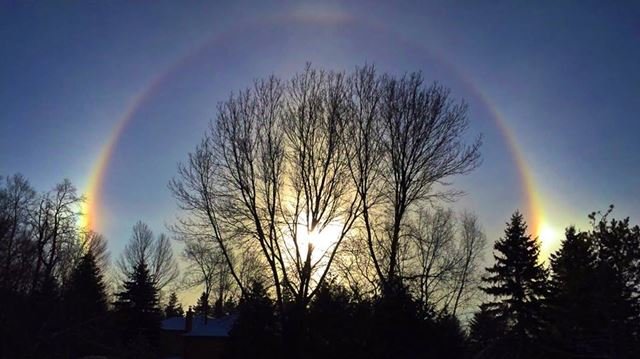
© Lori Makarewicz
Residents across Caledon were looking to the skies Thursday morning (Feb. 11) as a unique 'sun dog' cast a spherical glow on the landscape.
"It certainly was a beautiful sight this morning, wasn't it?" local resident, Lori Makarewicz said to
The Enterprise. "I have never seen one like that before. I almost got frostbite by standing out in my sandals on the front lawn, didn't want to waste any time looking for my boots in case I missed it!"
According to Environment Canada meteorologist, Rebecca Wagner, "sun dogs" which are also classified as parhelion, halos, or "mock suns," are an optical effect caused by the refraction of sunlight by ice crystals in the atmosphere.
"In particular this morning we had a very well developed halo around the sun with two bands with bright spots on either side of the sun, at about the same elevation," she continued.
While they technically occur any time of the year, sun dogs appear more vividly in the winter due to the combination of ice crystals in the atmosphere and the low angle of the sun in the sky - and even still, are usually only spotted about two to three times a year.
As the sun rises in the sky, the halo diminishes as the angle of the light hitting the ice crystals changing.
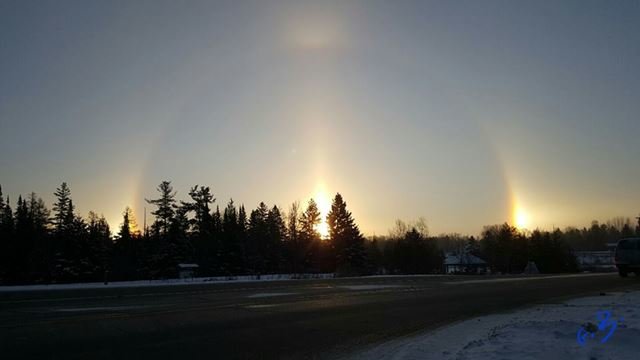
© Gordon Bentley
Bolton resident, Craig Kellough, spotted the unique optical effect over the North Hill of town.
"I was driving into Bolton around 9 a.m. when I saw this spectacular scene in the sky surrounding the sun," he said. "I had to pull over and take as many shots as I could. It was something I had never seen before."
According to Wagner, with the chilly temperatures and clear skies predicted for this weekend, there might be another in store for those who missed Thursday morning's display.
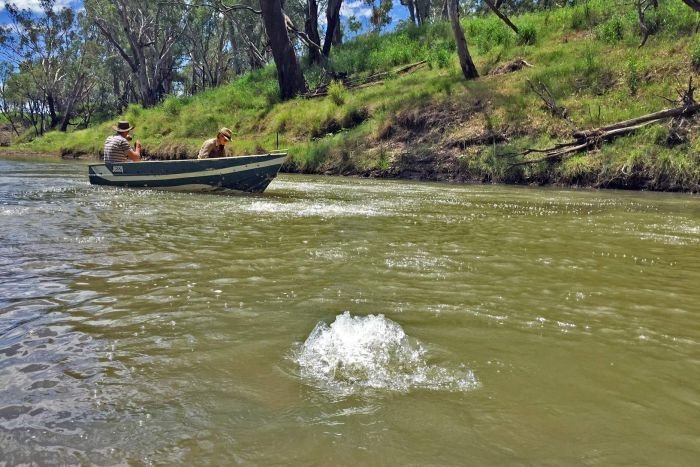
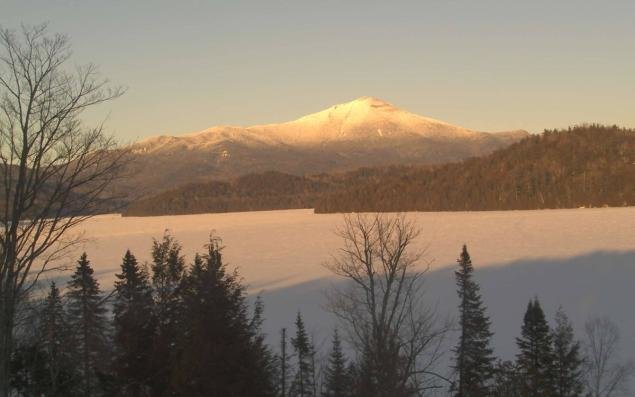
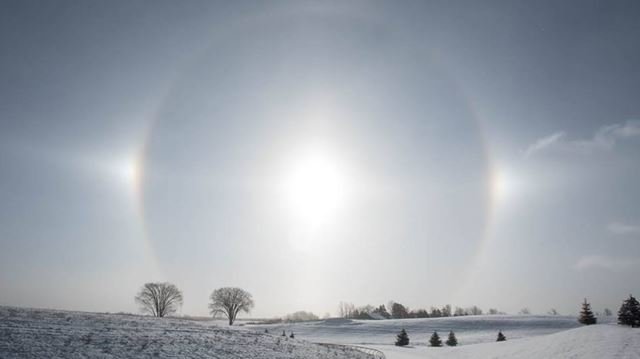


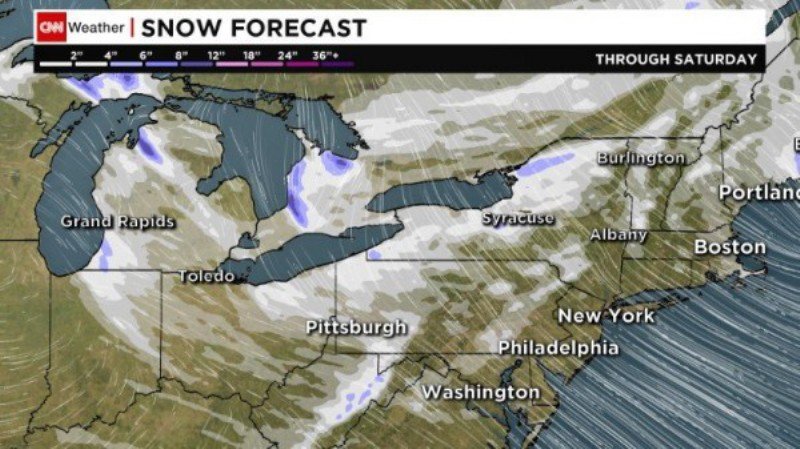
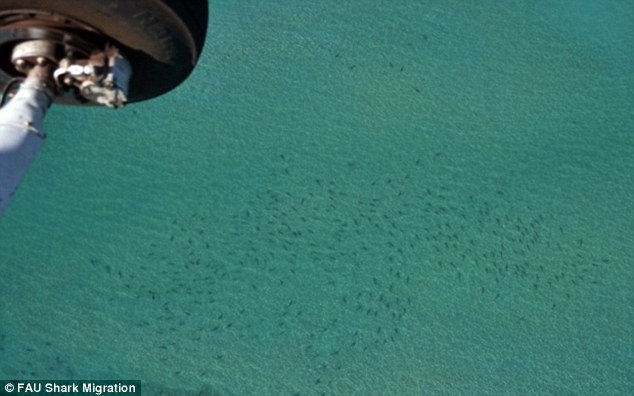
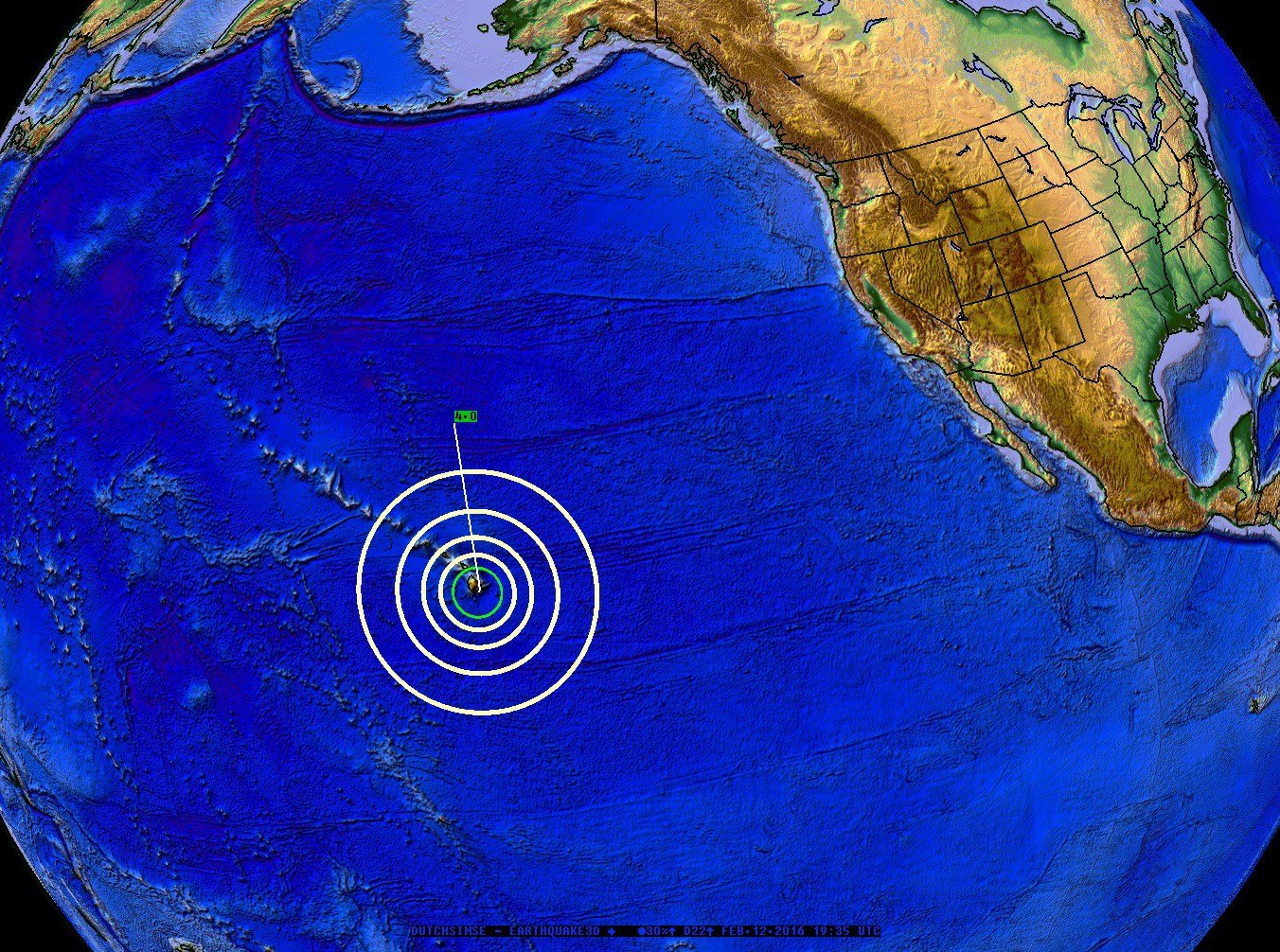
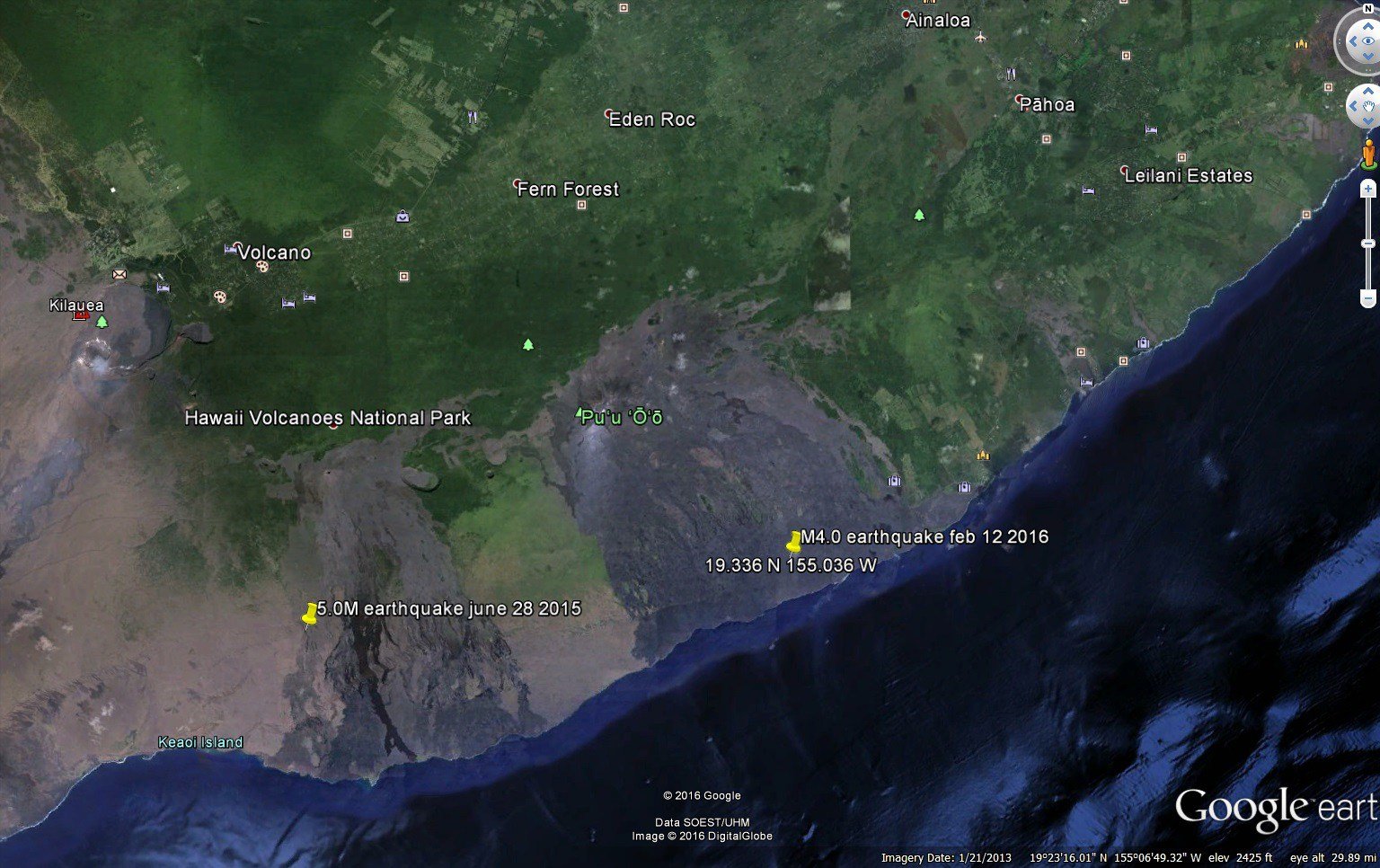
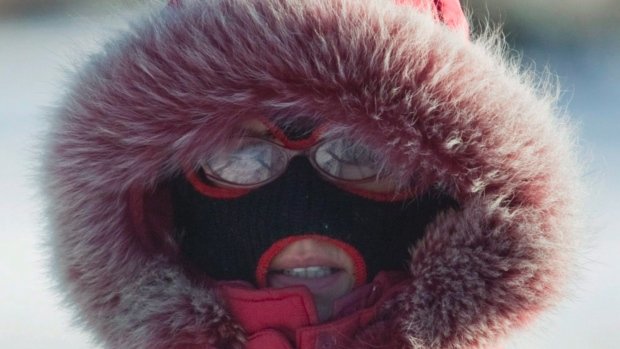
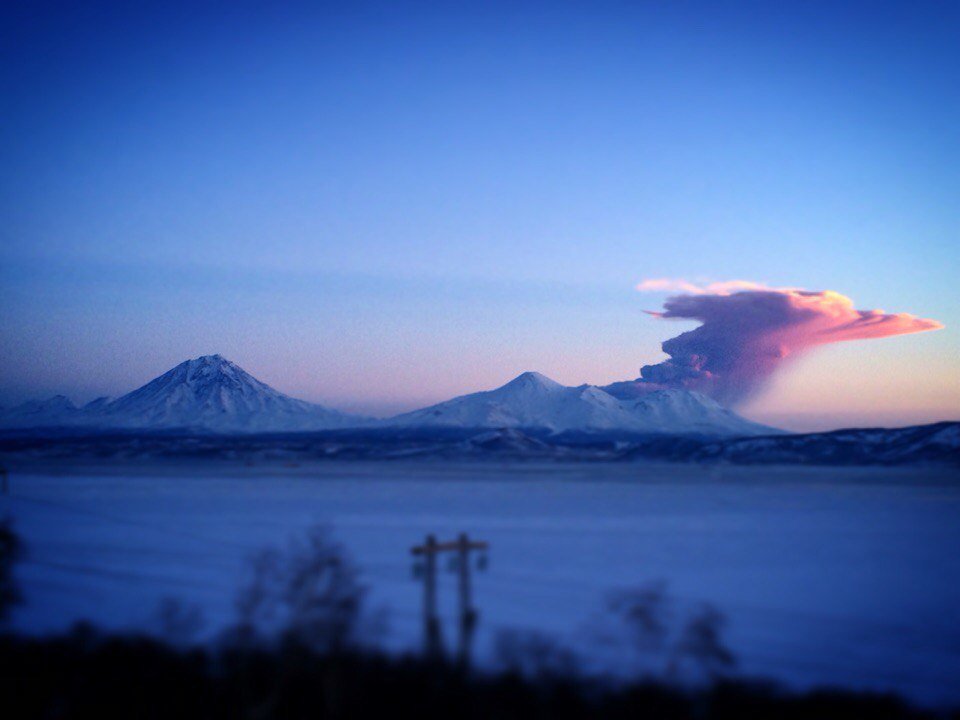
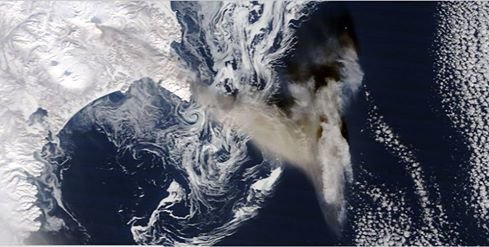
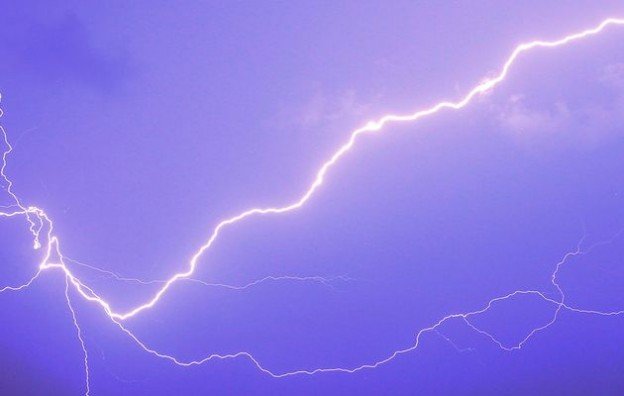



Comment: Just two days before in nearby Caledon, Ontario: Morning 'sun dog' captures attention of residents in Caledon, Ontario